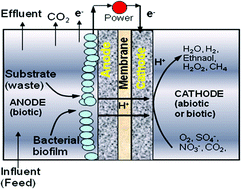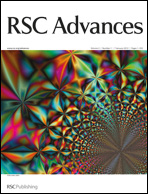Bioelectrochemical systems (BESs) are unique systems capable of converting the chemical energy of organic waste including low-strength wastewaters and lignocellulosic biomass into electricity or hydrogen/chemical products in microbial fuel cells (MFCs) or microbial electrolysis cells (MECs) respectively, or other products formed at the cathode by an electrochemical reduction process. As compared to conventional fuel cells, BESs operate under relatively mild conditions, use a wide variety of organic substrates and mostly do not use expensive precious metals as catalysts. The recently discovered use of BES for product synthesis via microbial electrosynthesis have greatly expanded the horizon for these systems. Newer concepts in application as well as development of alternative materials for electrodes, separators, and catalysts, along with innovative designs have made BESs very promising technologies. This article discusses the recent developments that have been made in BESs so far, with an emphasis on their various applications beyond electricity generation, resulting performances and current limitations.

You have access to this article
 Please wait while we load your content...
Something went wrong. Try again?
Please wait while we load your content...
Something went wrong. Try again?


 Please wait while we load your content...
Please wait while we load your content...